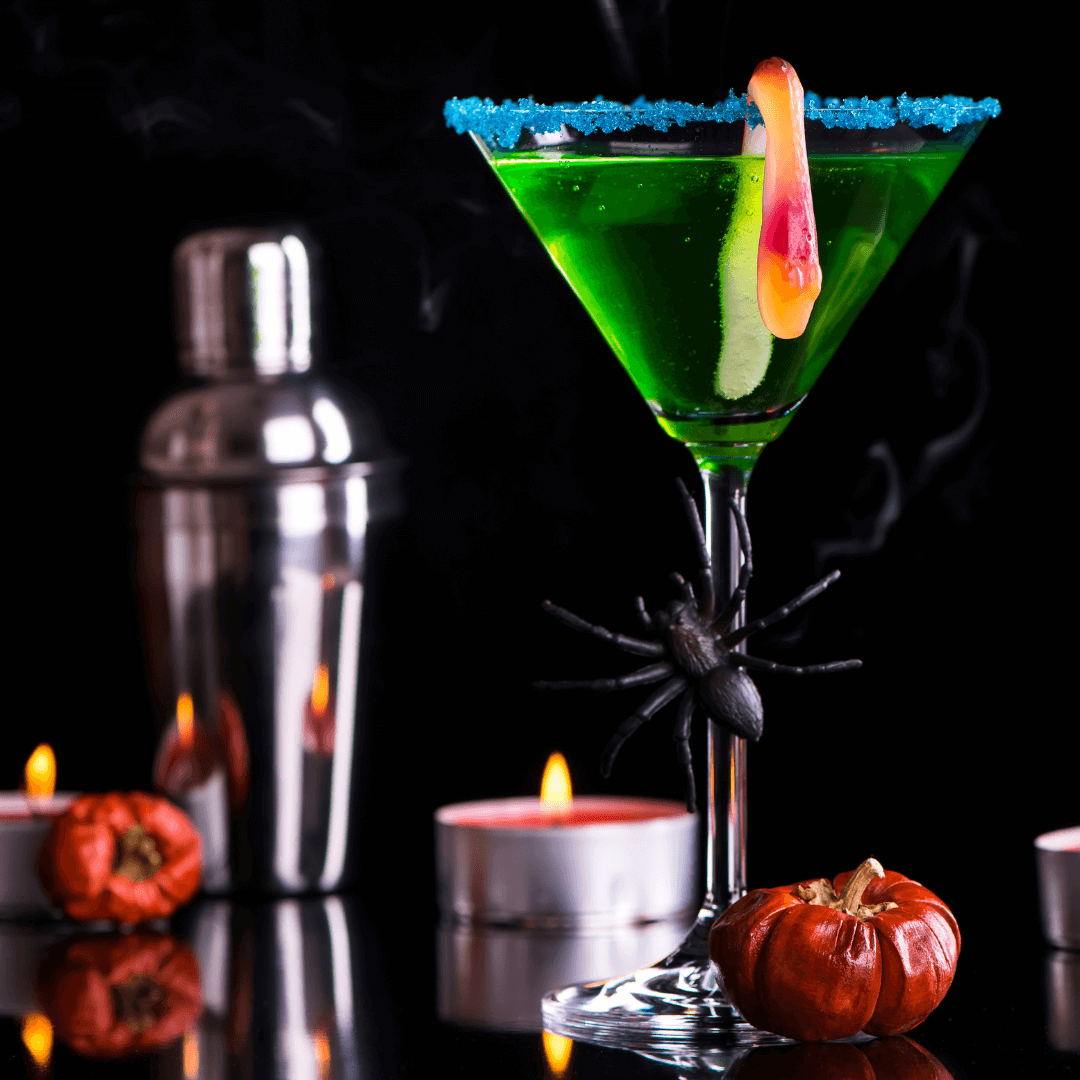Melon Liqueur
What is Melon Liqueur?
Melon liqueur is a sweet, vibrant category of Fruit Liqueurs that captures the essence of various melon varieties, most commonly cantaloupe, honeydew, and watermelon. These liqueurs are defined by their characteristic bright green, orange, or pink colors and their intensely sweet, fresh melon flavor that makes them popular for tropical cocktails and summer drinks. The defining feature of melon liqueur is its ability to deliver concentrated melon taste with a syrupy consistency and typically lower alcohol content, usually ranging from 15-20% ABV.
Learn More About Melon Liqueur
What makes Melon Liqueur unique?
Melon liqueurs stand apart from other fruit liqueurs with their distinctively mild, refreshing character that lacks the intense tartness found in citrus varieties or the bold sweetness of berry-based options. The natural water content and subtle flavor profile of melons creates liqueurs that drink remarkably clean and light, making them perfect for summer cocktails where other fruit liqueurs might feel too heavy or cloying. Unlike the concentrated punch of cherry or peach liqueurs, melon varieties like Midori offer a gentle, almost spa-like quality that bridges the gap between fruit liqueurs and neutral spirits.
How is Melon Liqueur made?
Melon liqueur production typically starts with fresh cantaloupe, honeydew, or other sweet melons that are macerated in neutral grain alcohol to extract their natural flavors and sugars. The fruit-infused alcohol is then filtered and blended with additional sugar syrup to achieve the desired sweetness level, usually resulting in a liqueur with around 15-20% alcohol by volume. Some producers use natural or artificial melon flavoring instead of fresh fruit, while premium brands may age their liqueurs briefly in stainless steel tanks to allow the flavors to marry before bottling.
How do you drink Melon Liqueur?
Melon liqueur shines brightest in cocktails rather than flying solo, where its sweet, fruity character can play well with other ingredients without overwhelming your palate. You'll find it starring in tropical and fruity mixed drinks like the classic Midori Sour or Japanese Slipper, and it works beautifully in summer punches, margarita variations, and light, refreshing cocktails that celebrate warm weather. While some folks enjoy it chilled as a digestif or mixed with soda water for a simple spritzer, melon liqueur truly comes alive when it's part of a well-balanced cocktail that highlights its vibrant, cantaloupe-forward sweetness.
How do I choose good Melon Liqueur?
When selecting a melon liqueur, look for brands that use real fruit extracts rather than artificial flavoring – you'll taste the difference immediately in the natural sweetness and complexity. Consider your intended cocktail when making your choice: lighter, more delicate melon liqueurs like Midori work beautifully in fizzy drinks and martinis, while richer, more intense varieties stand up better in complex tiki cocktails or punches where they need to compete with multiple ingredients. Always check the sugar content too, as some brands lean heavily sweet while others maintain better balance between fruit flavor and sweetness.
Nutritional Information
Typical Calorie Range per Ounce: 80-110 calories
Typical Carbohydrate Range per Ounce: 8-12 grams
Typical Sugar Range per Ounce: 7-11 grams
Typically Gluten Free: Yes
Most melon liqueurs are made from neutral spirits distilled from sources like corn or sugar beets, which removes gluten proteins during the distillation process. The sweet, fruity profile comes from natural or artificial melon flavoring and added sugars rather than grain-based ingredients. That said, always check the specific product label and manufacturer information to confirm gluten-free status, especially if you have celiac disease or severe gluten sensitivity. Some brands may use different production methods or additives that could affect their gluten-free status.
Scrolled this far? Your reward? Melon Liqueur Trivia!
- Japanese melon liqueur makers sometimes use Yubari King melons that sell for over $200 per fruit at auction. These crown melons are hand-pollinated, massaged daily during growth, and considered the Rolls-Royce of cantaloupe. Only the perfectly spherical specimens with ideal sugar content make it into premium bottles, which explains why authentic Japanese melon liqueur can cost more than aged whiskey.
- Midori wasn't originally green – the first batches were clear until marketing executives realized American bartenders associated melon flavor with green color. The iconic emerald hue comes from food coloring, not the melons themselves. This color choice was so successful that it spawned an entire category of artificially-colored "tropical" liqueurs in the 1980s disco era.
- French melon liqueur producers in the Charentes region use the same copper pot stills that make Cognac, but they distill fresh Charentais melons at precisely 78% alcohol to capture volatile melon esters that disappear at higher temperatures. The process requires 15 pounds of melons for each 750ml bottle, and distillation must happen within 6 hours of harvest or the delicate aromatics vanish forever.
- Professional bartenders can identify fake melon liqueur by the "banana test" – authentic melon liqueur develops subtle banana notes when mixed with lime juice due to natural ester reactions, while artificial versions taste like candy. This chemical reaction also explains why melon liqueurs work so well in tropical cocktails but clash with brown spirits.
- The world's most expensive melon liqueur comes from a small Italian producer who ages their Cantaloupe di Cantalupo liqueur in centuries-old chestnut barrels previously used for Barolo wine. They harvest melons only during the new moon, claiming the reduced gravitational pull concentrates the fruit's sugars. Each bottle takes 18 months to produce and costs more than a bottle of Hennessy Paradis.
Higher-proof spirits can be intense. Mix carefully, taste thoughtfully, and enjoy responsibly.
Gift message (optional)


